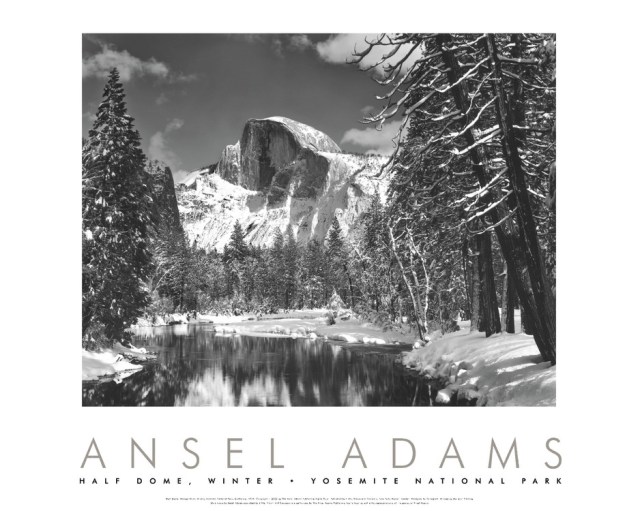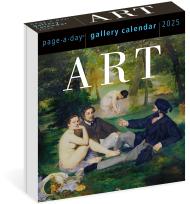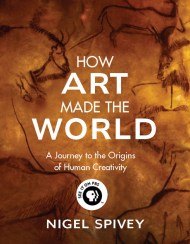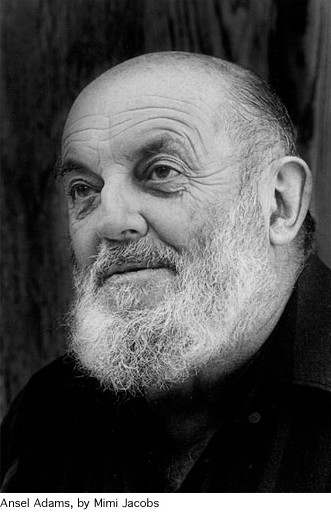Promotion
Use code CYBER2024 for 30% off sitewide + free shipping over $30
Half Dome, Merced River, Winter, Yosemite National Park
Contributors
By Ansel Adams
Formats and Prices
Price
$35.00Price
$45.00 CADFormat
Format:
Poster $35.00 $45.00 CADThis item is a preorder. Your payment method will be charged immediately, and the product is expected to ship on or around April 1, 2000. This date is subject to change due to shipping delays beyond our control.
Also available from:
The Ansel Adams poster series published by Little, Brown is one of the most successful single-artist poster series of all time. To present these legendary posters to a new century and a new generation, Little, Brown and the Ansel Adams Publishing Rights Trust recently commissioned Pentagram, the renowned international design firm, to create a fresh look for all of the standard-size posters.
The new standard-format poster, Half Dome, Merced River, Winter, Yosemite, is one of Adams’ most beloved photographs of Yosemite Valley.
– The only authorized Ansel Adams posters published — each poster features a handsome blind-embossed seal of authenticity.
— All posters are printed on standard poster sheet sizes, so that commercially available frames may be used.
— The finest duotone printing and heavy coated stock are hallmarks of the Ansel Adams poster program.
The new standard-format poster, Half Dome, Merced River, Winter, Yosemite, is one of Adams’ most beloved photographs of Yosemite Valley.
– The only authorized Ansel Adams posters published — each poster features a handsome blind-embossed seal of authenticity.
— All posters are printed on standard poster sheet sizes, so that commercially available frames may be used.
— The finest duotone printing and heavy coated stock are hallmarks of the Ansel Adams poster program.
Genre:
- On Sale
- Apr 1, 2000
- Page Count
- 1 page
- Publisher
- Ansel Adams
- ISBN-13
- 9780821226605
Newsletter Signup
By clicking ‘Sign Up,’ I acknowledge that I have read and agree to Hachette Book Group’s Privacy Policy and Terms of Use












